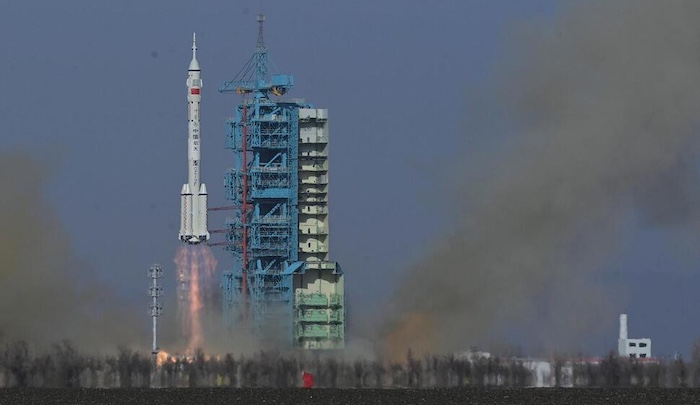
China has launched an uncrewed spacecraft to provide a safe return option for three astronauts currently aboard the Tiangong space station, after damage to a previously scheduled return vehicle left them without a passage to Earth.
State broadcaster CCTV showed a Long March-2F rocket carrying the Shenzhou-22 spacecraft lift off from the Jiuquan Satellite Launch Centre shortly after noon local time (04:00 GMT) on Tuesday. The mission, originally planned for 2026 as a crewed flight, was rushed forward following debris damage to the Shenzhou-20 spacecraft, which is docked at the station and deemed unsafe for human transport.
The incident disrupted the final crew change in November, forcing the current trio—astronauts Zhang Lu, Wu Fei, and Zhang Hongzhang—to remain aboard Tiangong without a flightworthy vessel to return in case of an emergency. Officials confirmed that the astronauts are “working normally” while Shenzhou-22 provides a reliable emergency return option.
The Shenzhou-22 mission highlights a rare setback for China’s rapidly growing space programme, which has invested billions in developing capabilities to rival those of the United States, Russia, and Europe. China became the third country to send humans into orbit after the US and the former Soviet Union in 2022 and aims to send astronauts to the moon by 2030.
The launch underscores Beijing’s commitment to maintaining a permanently crewed space station and ensuring the safety of its astronauts as it expands its presence in space.
Melissa Enoch



